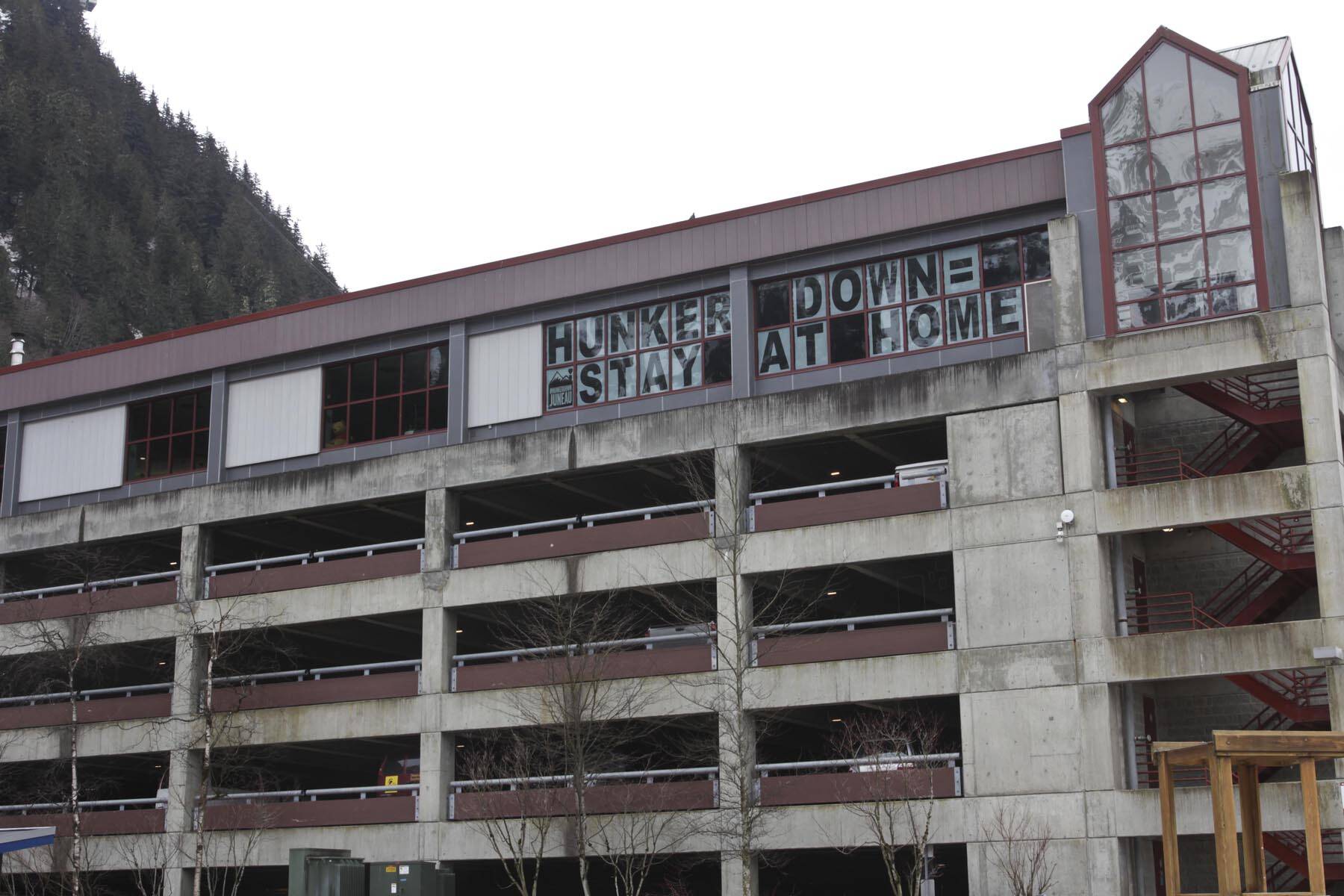If you’ve ever looked at the Dimond Park Aquatic Center or watched a snowplow go down the street and wondered how much that service costs you, the City and Borough of Juneau can now offer you an unofficial receipt for your tax dollars.
Earlier this week, the city’s Finance Department introduced Taxpayer Receipt. This online tool estimates how CBJ spends property and sales taxes with a personalized and detailed program-by-program breakdown itemizing the number of tax dollars a resident spends on each program.
“It’s an educational tool first and foremost and gives residents a chance to see how tax dollars are being spent, said Adrien Speegle, CBJ budget analyst, in a Wednesday morning phone interview.
Each receipt includes costs that span the Juneau School District; police; fire; streets, transit and recycling; parks and recreation; Eaglecrest Ski Area; libraries and museums; community development, community grants, administration, capital improvements and engineering; and debt service.
[City election winners take their seats on the Assembly]
Speegle said that she inputs the budget data that feeds the numbers reflected when residents run an estimate. She said the data in the tool reflects the fiscal year 2022 budget, which started July 1, 2021.
“CBJ hopes to pave the way for enhanced engagement and helping to show people that tax money goes to good use,” Speegle said. “We’ve had really positive feedback so far. It’s really easy for residents to use and people appreciate having transparency.”
How it works
A link to the tool is available at juneau.org/budget.
To use the tool, residents answer questions about age, annual income, homeownership status, and, if applicable, their home’s assessed value. The estimate considers CBJ’s 5% sales tax and the citywide property tax rate of 10.56 mills for homeowners.
The tool excludes taxes paid on liquor, tobacco and marijuana. The tool does not account for property taxes that renters pay through rent to landlords.
The tool then applies an algorithm that calculates estimated taxes paid and how the money is spent.
Services that are component units of CBJ, like Bartlett Regional Hospital, don’t appear in the breakdown because they operate from user fees, not tax dollars, Speegle said.
About Taxpayer Receipt
According to Speegle, a Denver-based firm called Engaged Public created the tool.
The company’s website says that “Engaged Public is a public policy strategy firm that provides innovative services to government, non-profits, foundations and the private sector,” and aims to “bridge the gap between people and the policies that impact their lives by engaging citizens and elected officials in deeper conversations about challenging public issues.”
Speegle said CBJ paid $4,000 for a one-year contract with the firm and has the option to turn on budgeting simulation functionality for no additional cost.
She said that other cities, including Tacoma, Washington, and the Fairbanks North Star Borough, also use the tool.
“I encourage people to explore it,” Speegle said.
• Contact reporter Dana Zigmund at dana.zigmund@juneauempire.com or 907-308-4891.

